Measuring Fun: How to Teach Describing Measurements to Kids
Welcome to the whimsical world of teaching measurements to kids, where scissors, glue, and a touch of imagination turn everyday learning into an adventure! If you're a parent or teacher of kindergarten or first graders, buckle up because we're about to explore some crafty, cut-and-paste fun that will have your little ones mastering measurements in no time. This blog is packed with activities, worksheets, and tips to make describing measurements a blast for both you and your students.
Why Teach Describing Measurements?
Before we dive into the activities, let’s talk about why teaching measurements is crucial. Measurement skills are foundational in math, science, and everyday life. From baking cookies to building sandcastles, understanding and describing measurements help children make sense of the world around them. Plus, it aligns perfectly with the Common Core Standards:
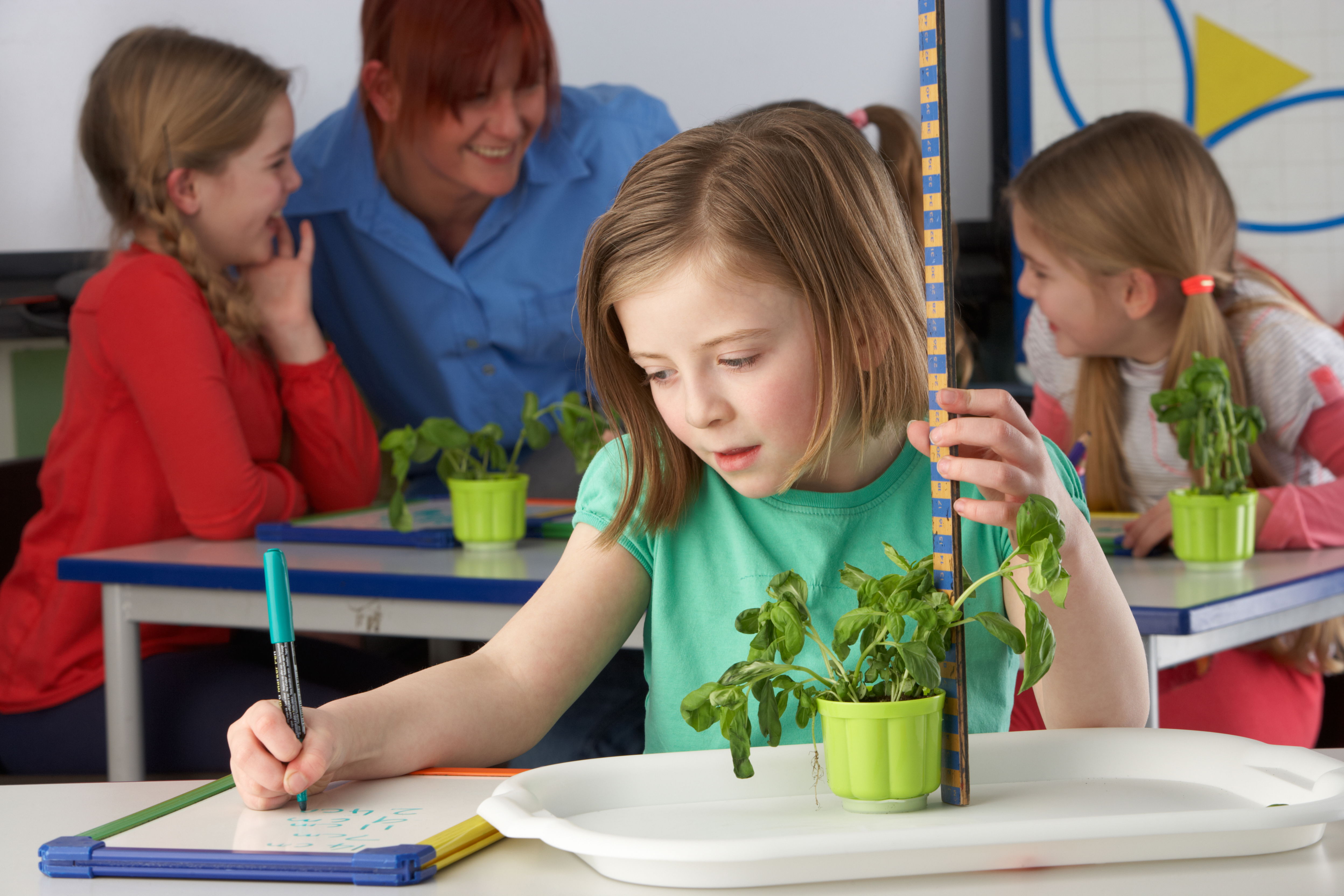
- CCSS.Math.Content.K.MD.A.1: Describe measurable attributes of objects, such as length or weight.
- CCSS.Math.Content.K.MD.A.2: Compare two objects with a measurable attribute in common.
- CCSS.Math.Content.1.MD.A.1: Order three objects by length and compare the lengths of two objects indirectly.
Crafty and Fun Activities to Teach Measurements
1. Describing Measurements Anchor Chart
An anchor chart is a fantastic visual aid that helps kids remember key concepts. Hang it in your classroom or at home to provide a constant reference.
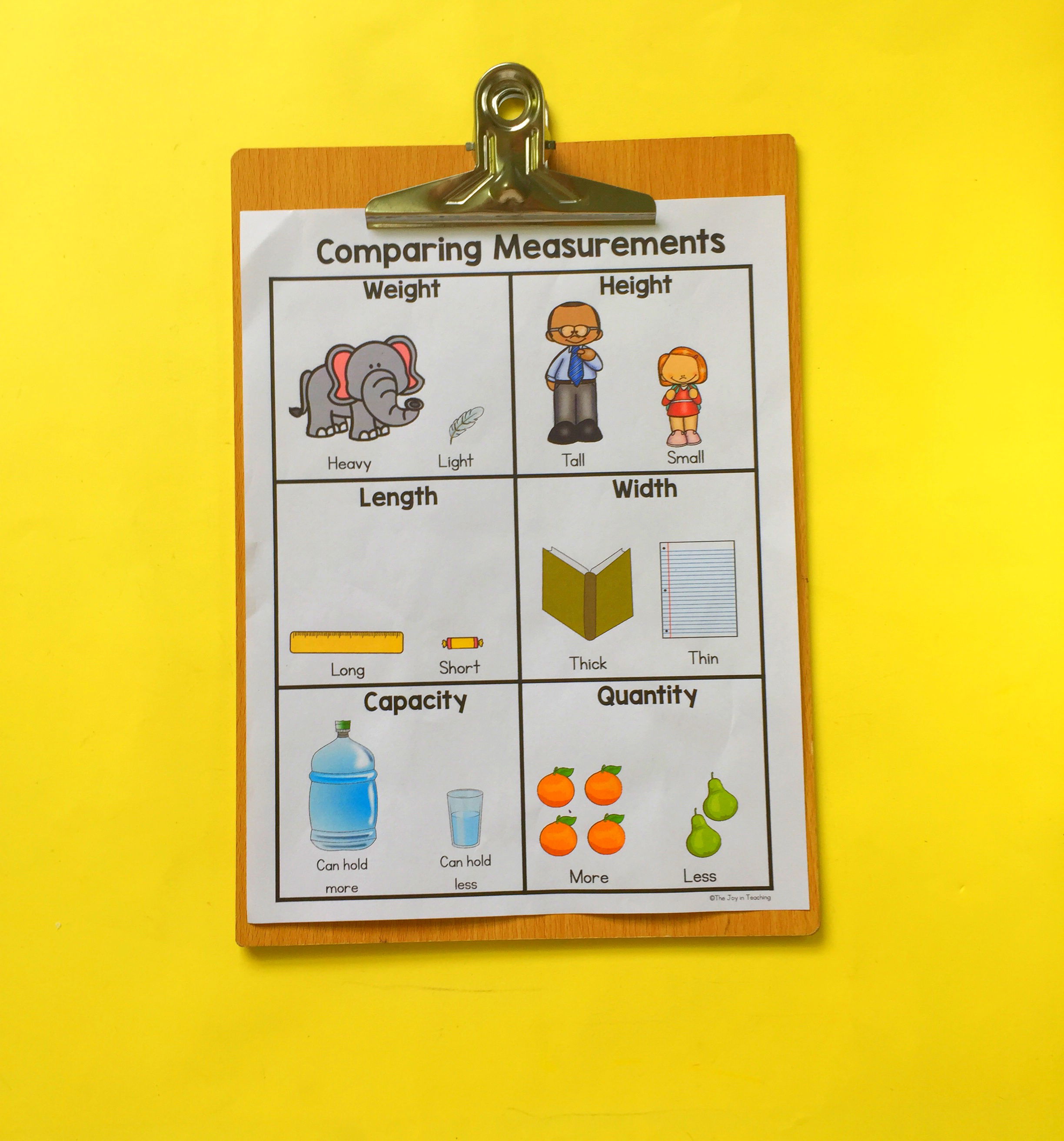
2. Comparing Weight of an Object
Simple worksheets where kids compare the weight of objects are a great start. Who knew weighing different items could be this entertaining? For this activity, gather some shells and cotton. Kids can compare the weight of these objects and craft their own scales.

3. Comparing Height Activities
From worksheets to craft activities, these tasks help kids grasp the concept of height by creating fun items like a xylophone!

4. Comparing Length Activities
Kids will love creating concrete stairs out of paper while learning to compare lengths.

5. Comparing Width Activities
Complete the picture with width comparison activities that are both colorful and engaging.

6. Comparing Capacity Activities
These activities help kids understand capacity by comparing different containers.

7. Comparing Quantity Activities
Counting and comparing quantities becomes an interactive game with these worksheets and crafts.
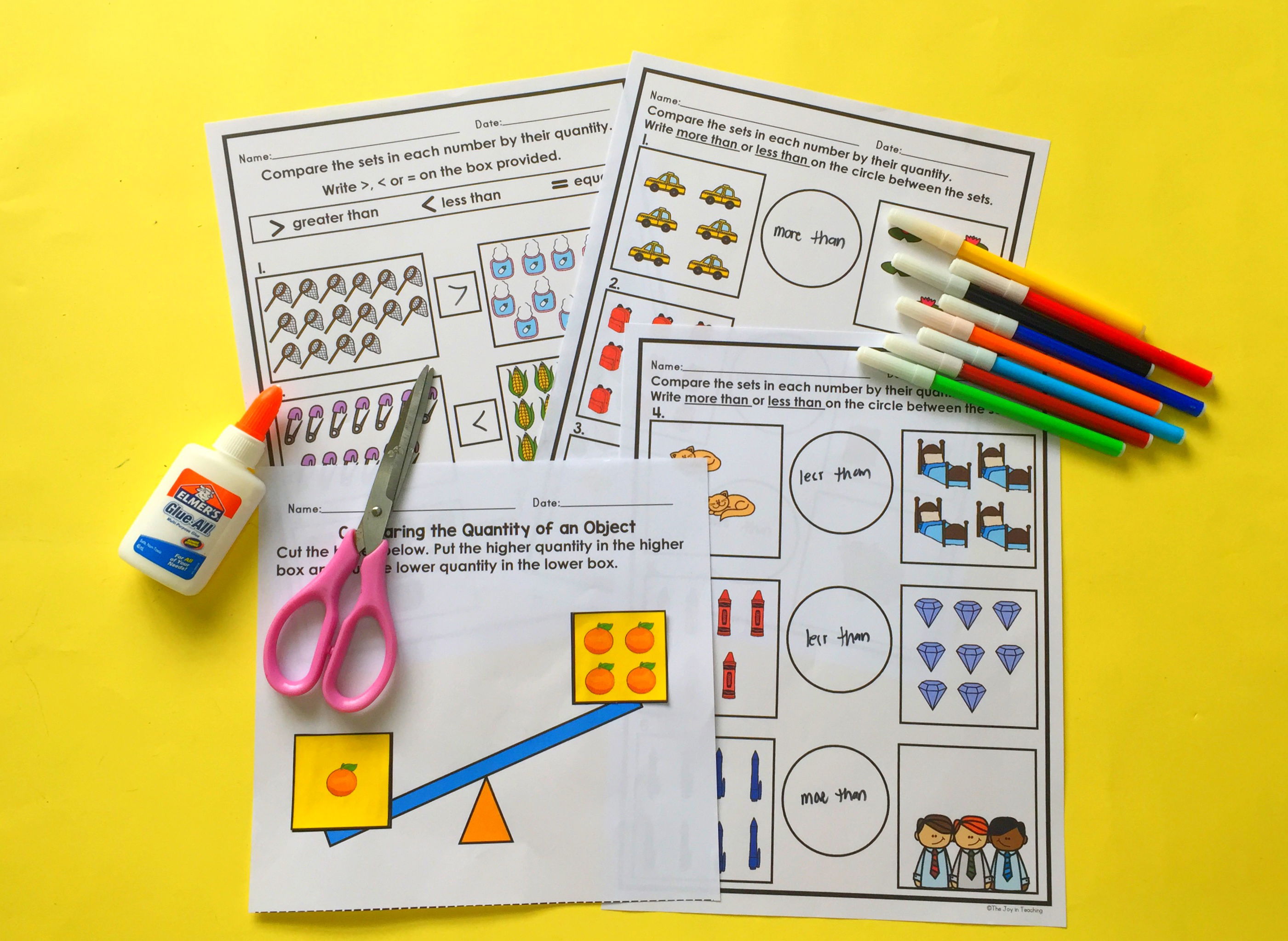
Additional Activities for Describing Measurements
1. Measuring with Non-Standard Units Activity: Use everyday objects like blocks, crayons, or even footsteps to measure the length of different items.
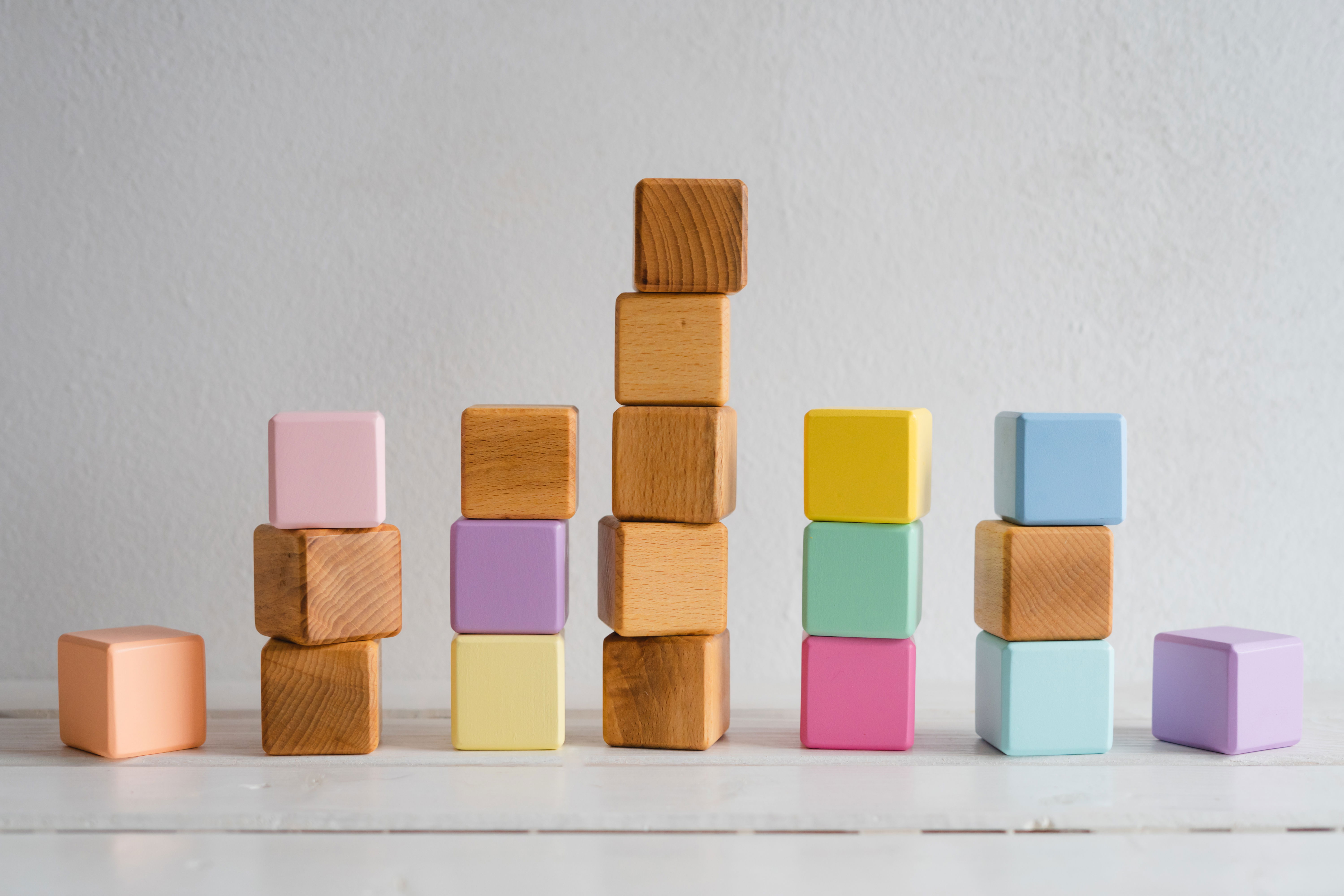
How to Do It:
- At home, have kids measure the length of the kitchen table using their hands.
- At school, let students measure the length of their desks with paperclips.
- Learning Outcome: Understanding that measurement can be done with various units and the importance of using consistent units.
2. Height Comparison with Stuffed Animals Activity: Gather a collection of stuffed animals and compare their heights. You can also measure your kids or students together with their stuff toy.
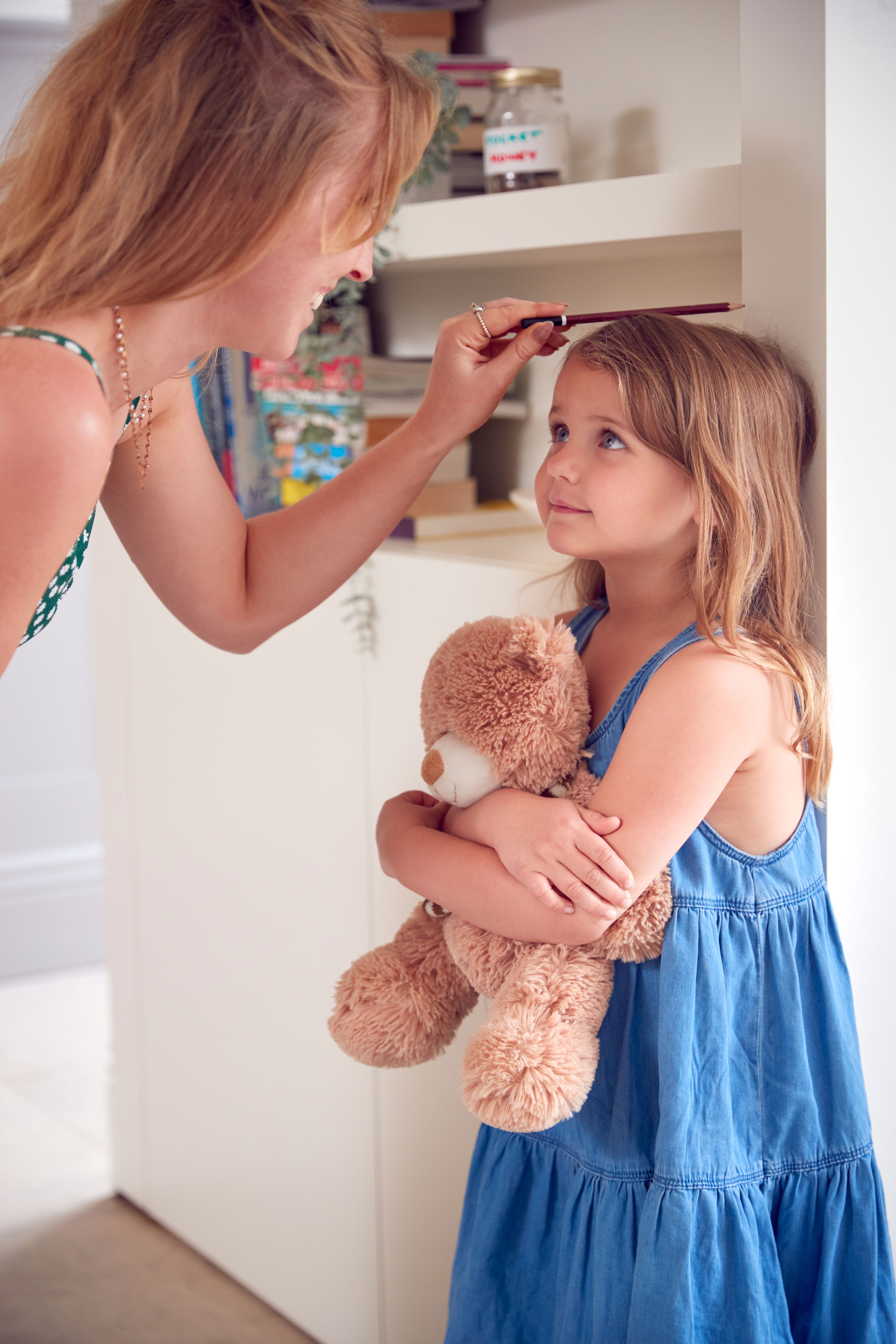
How to Do It:
- Line up stuffed animals from shortest to tallest.
- Use a ruler or measuring tape to record their heights.
- Learning Outcome: Practicing ordering objects by height and using a standard unit of measurement.
3. Weight Estimation and Comparison Activity: Use a scale to weigh different household items.
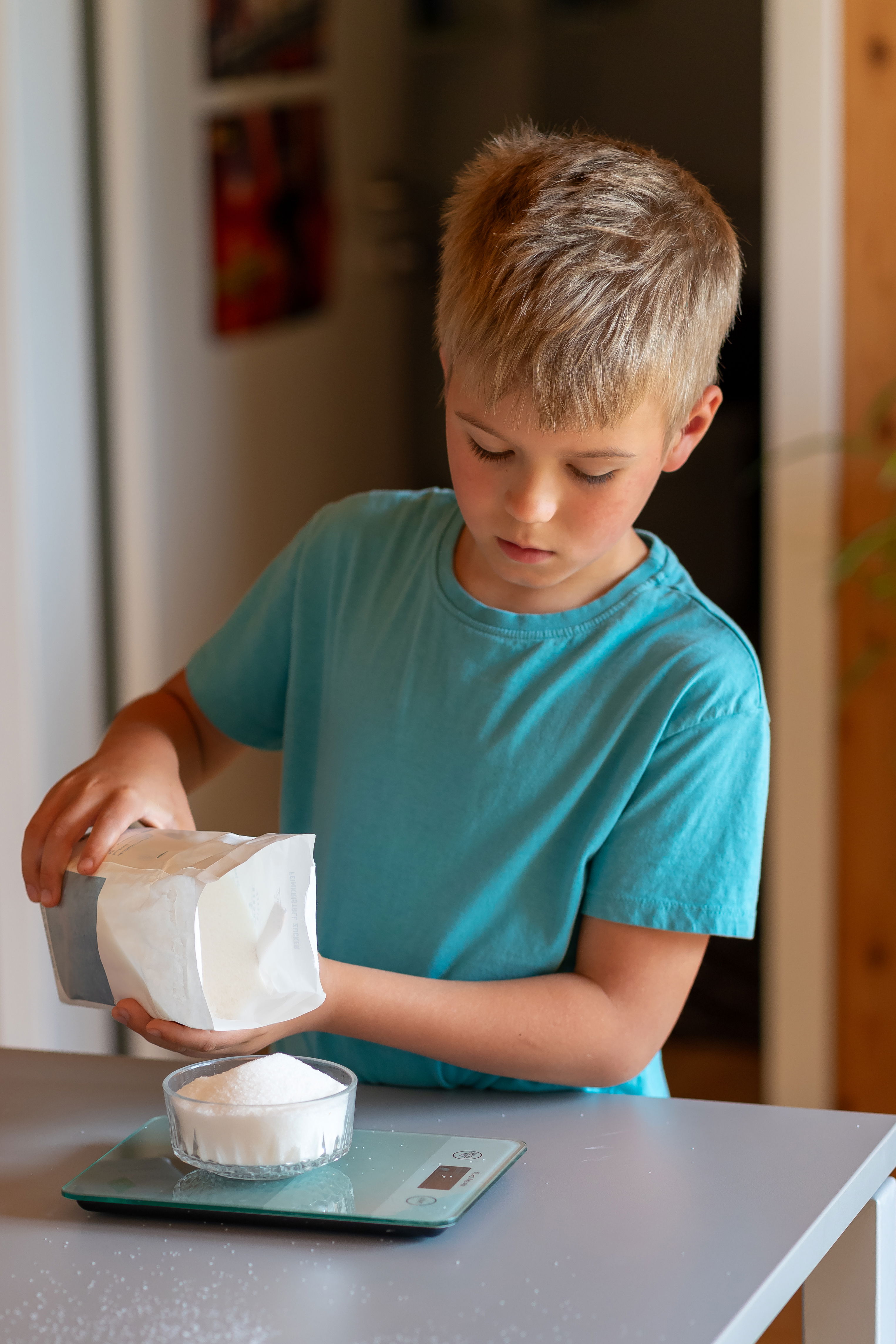
How to Do It:
- Have children estimate the weight of objects like fruits, toys, or books.
- Weigh each item and compare it to the estimates.
- Learning Outcome: Learning to estimate weight and understanding the concept of heavier and lighter.
4. Capacity Exploration: Use different containers to explore capacity.

How to Do It:
- Fill various containers with water and have kids guess which one holds more or less.
- Pour water from one container to another to compare their capacities.
- Learning Outcome: Understanding and comparing the capacity of different containers.
5. Length Scavenger Hunt Activity: Organize a scavenger hunt to find items of specific lengths.
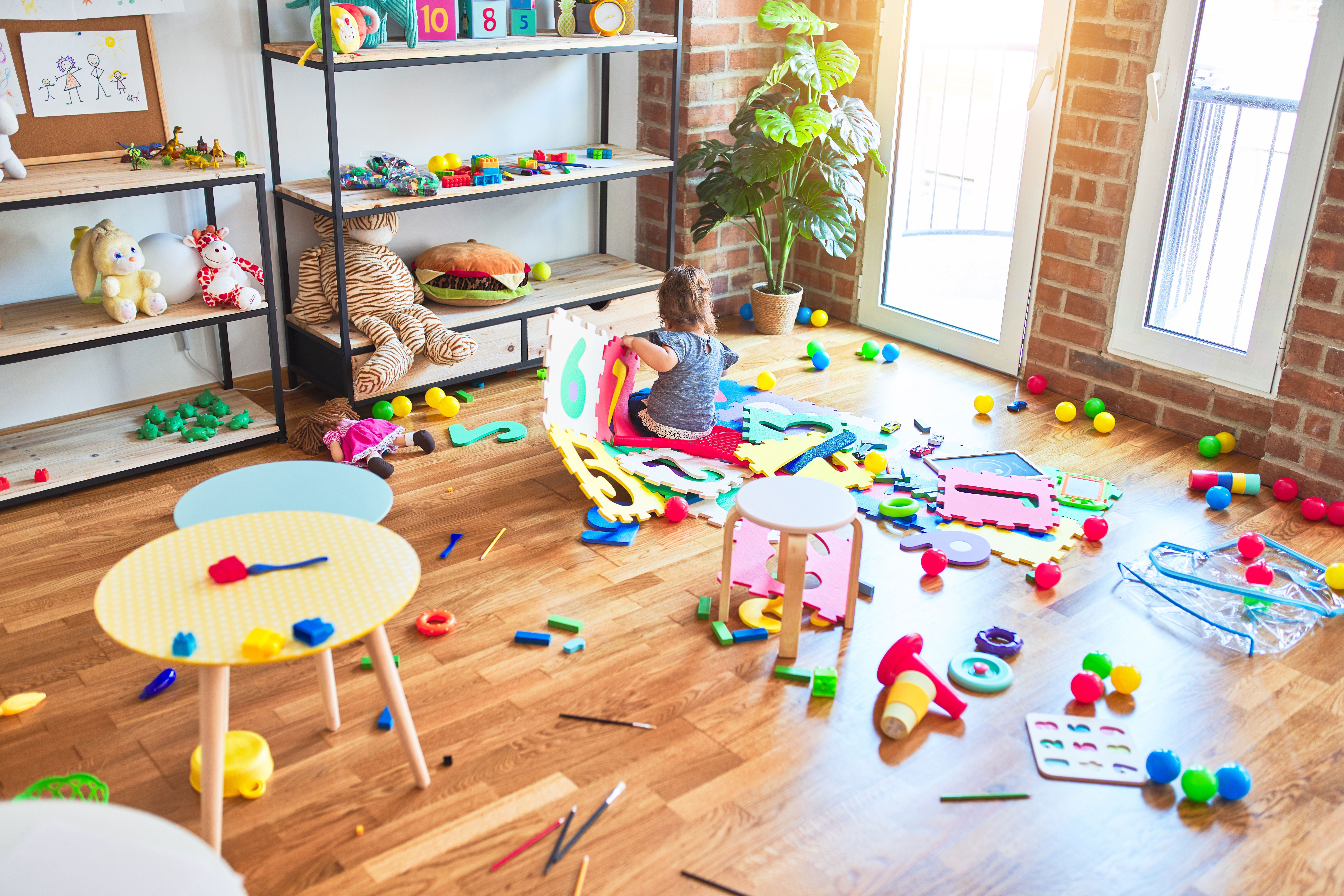
How to Do It:
- Give children a list of items to find that match given lengths (e.g., something that is about 5 inches long).
- Use rulers to measure the items they find.
- Learning Outcome: Reinforcing measurement skills and making learning active and engaging.
6. Crafting Measurement Tools Activity: Create homemade measuring tapes or rulers.
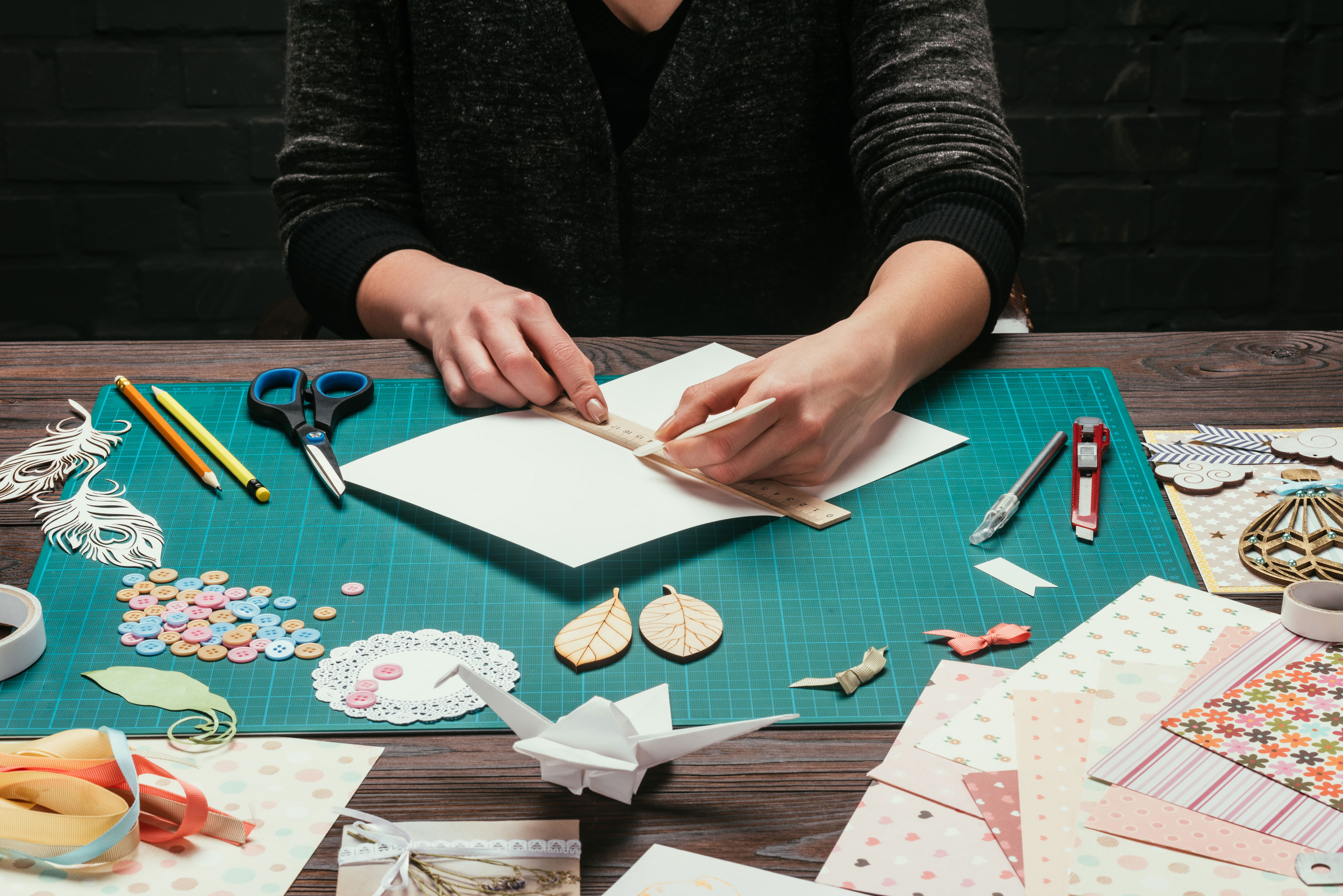
How to Do It:
- Use paper or fabric to make a measuring tape marked with inches or centimeters.
- Decorate the measuring tools to make them personalized. Learning Outcome: Understanding the importance of measurement tools and how they are used.
7. Comparing Foot Lengths Activity: Compare the length of students' feet.

How to Do It:
- Have each child trace their foot on a piece of paper.
- Measure and compare the lengths of the foot tracings. Learning Outcome: Understanding personal measurement and comparing lengths in a relatable way.
8. Building Block Towers Activity: Build towers with blocks to different heights.
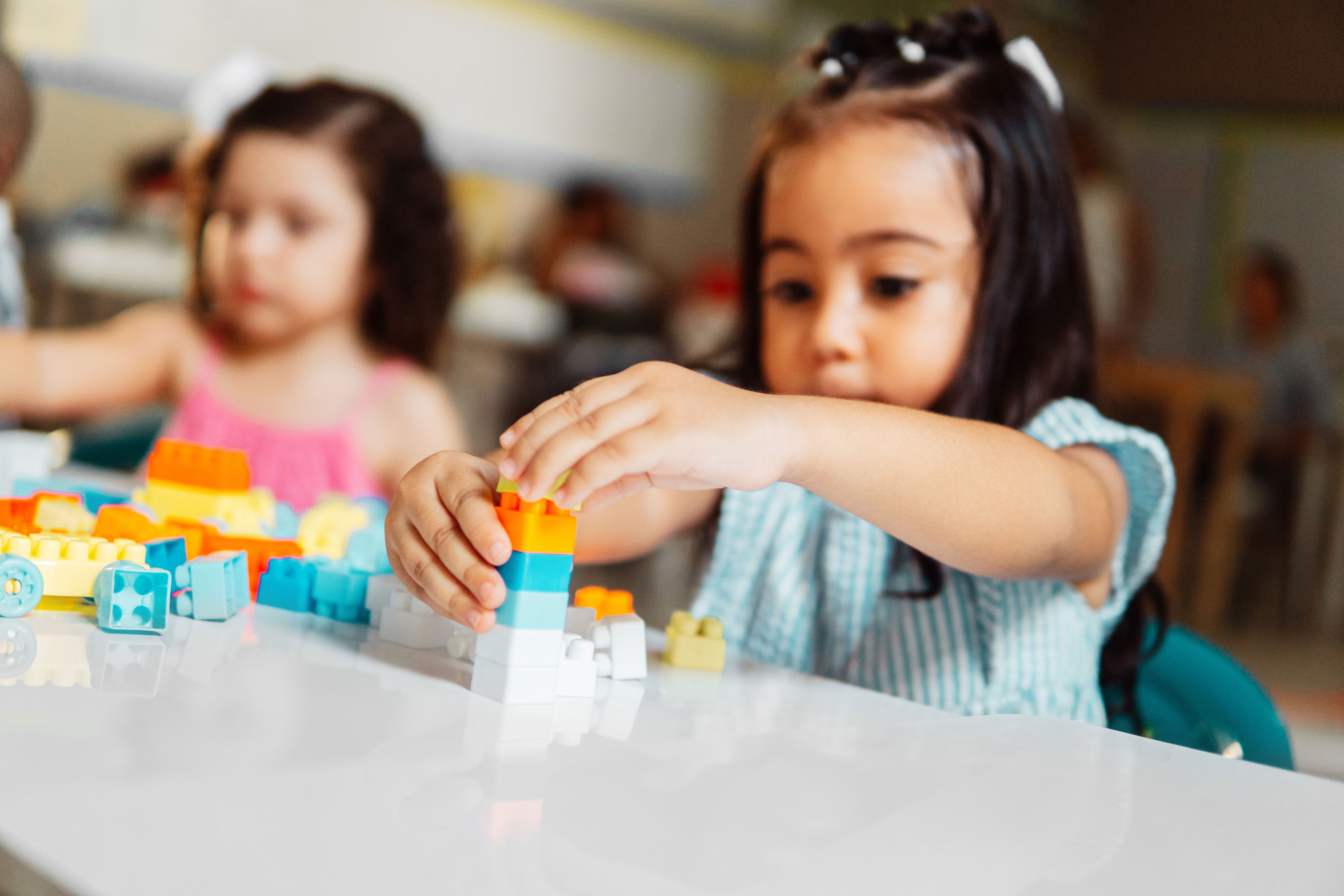
How to Do It:
- Challenge kids to build a tower of a specific height using blocks.
- Compare the heights of different towers. Learning Outcome: Practicing measurement through construction and visual comparison.
9. Nature Measurements Activity: Measure objects found in nature.
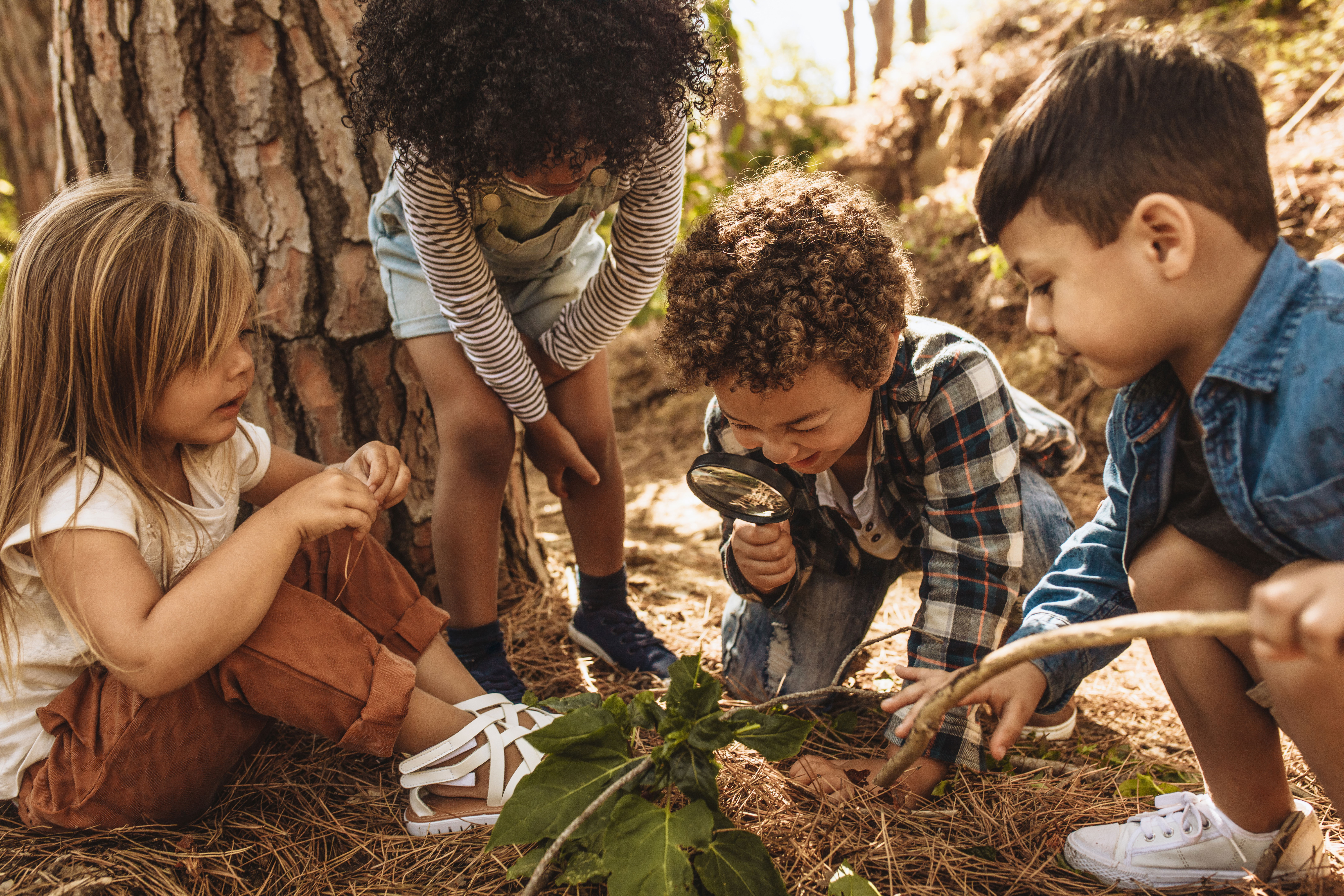
How to Do It:
- Measure the length of leaves, the height of flowers, or the circumference of tree trunks using string and rulers.
- Record the measurements and compare different natural objects.
- Learning Outcome: Applying measurement skills to the natural environment and understanding real-world applications.
10. Time Measurement with Stopwatches Activity: Measure the time taken to complete different activities.

How to Do It:
- Use a stopwatch to time how long it takes to run a certain distance or complete a task.
- Compare the times and discuss the concept of faster and slower.
- Learning Outcome: Understanding time as a measurement and practicing recording and comparing times.
11. Volume and Baking Fun Activity: Bake something simple like cupcakes or cookies to explore volume and measurement.

How to Do It:
- Measure ingredients using cups and spoons.
- Discuss the concept of volume as they fill the cupcake liners or cookie dough balls.
- Learning Outcome: Practical application of volume measurement and following instructions.
12. Shadow Measurement Activity: Measure the length of shadows at different times of the day.

How to Do It:
- Go outside and measure the length of a child’s shadow in the morning, noon, and afternoon.
- Discuss how the length changes and why.
- Learning Outcome: Understanding how shadows change with the position of the sun and applying measurement in an outdoor setting.
13. Comparing Quantities with Snacks Activity: Compare the quantity of different snacks.

How to Do It:
- Use small snacks like raisins, grapes, or crackers.
- Count and compare the number of snacks in different containers.
- Learning Outcome: Practicing counting and comparing quantities in a fun and delicious way.
14. Height Chart at Home Activity: Create a height chart to track growth.
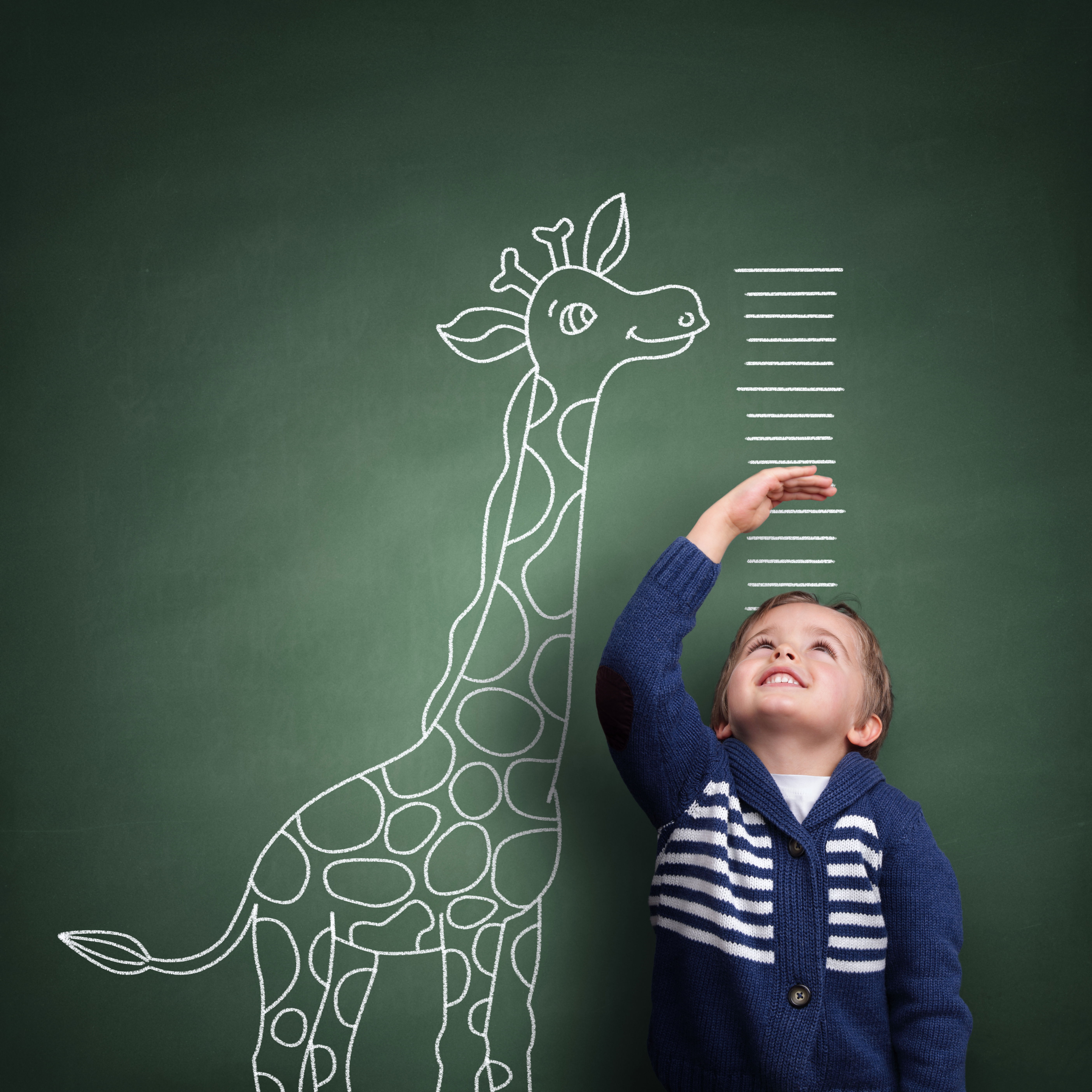
How to Do It:
- Use a wall or a doorframe to mark the height of each child over time.
- Measure and record their heights periodically.
- Learning Outcome: Understanding growth measurement and practicing consistent tracking.
Tips for Effective Measurement Teaching
1. Incorporate Fun Themes
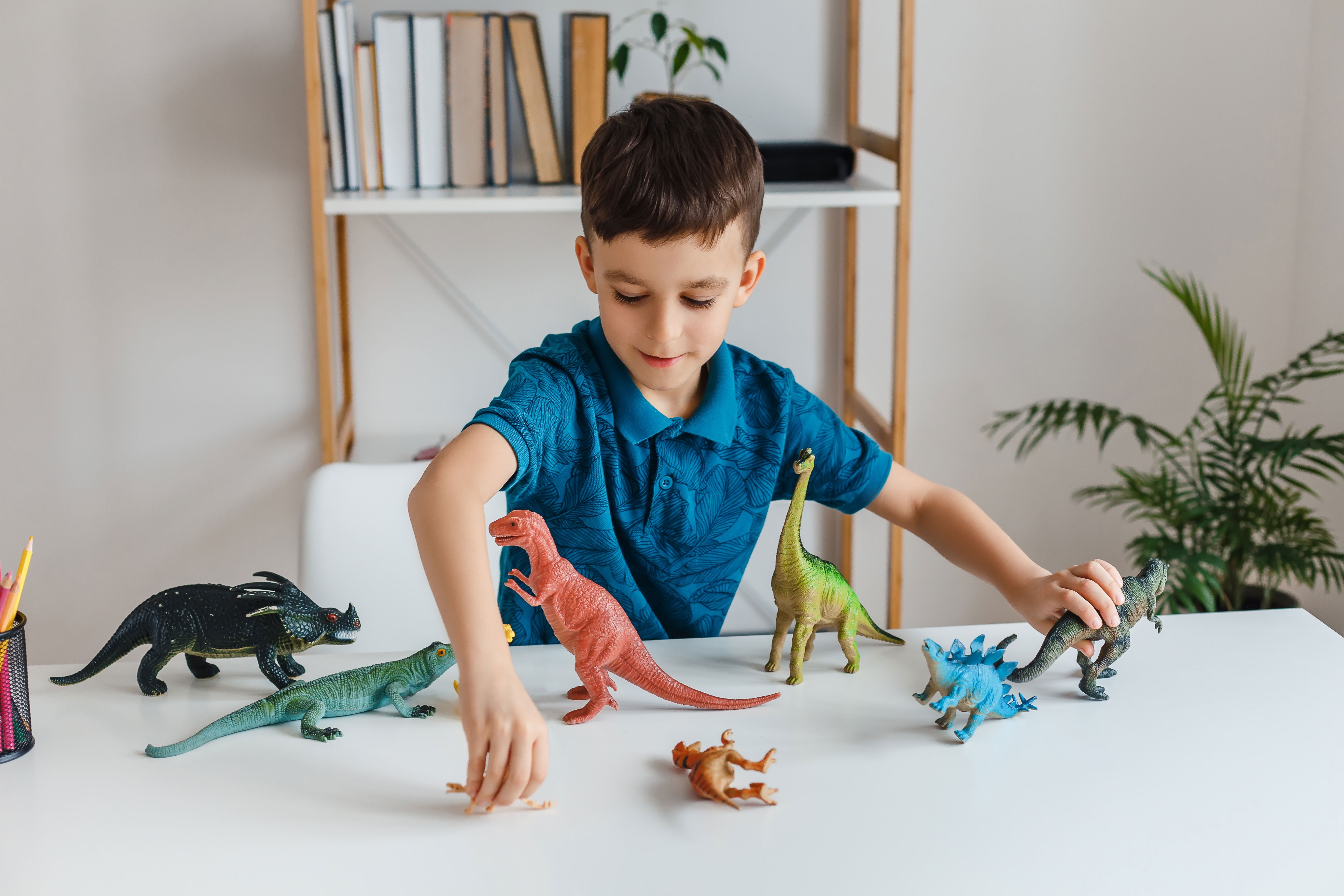
Use themes like space, dinosaurs, or superheroes to make measurement activities more engaging.
2. Use Storytelling
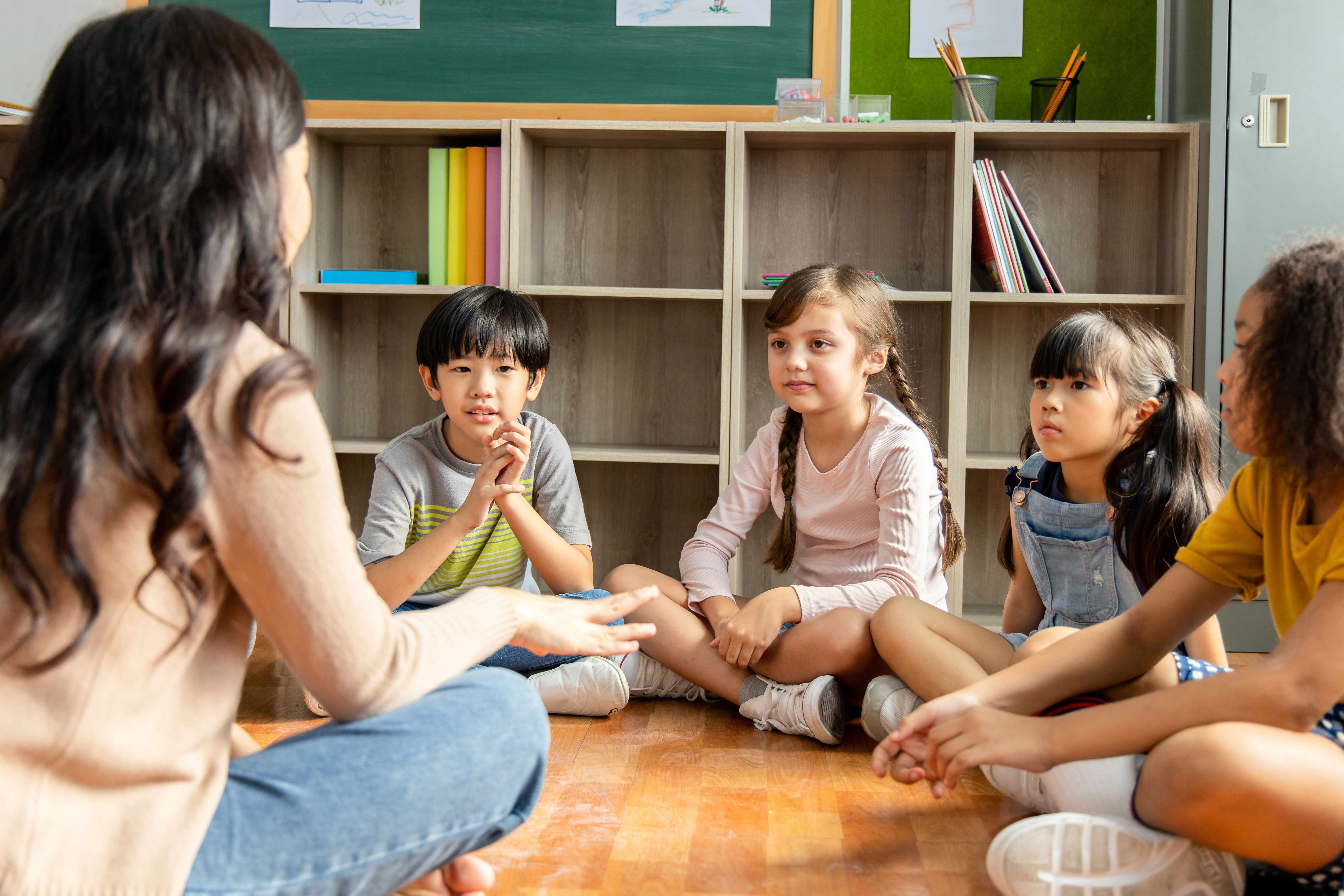
Integrate measurement into stories. Create a narrative where characters need to measure things to solve problems, like building a bridge or cooking a meal.
3. Interactive Tools
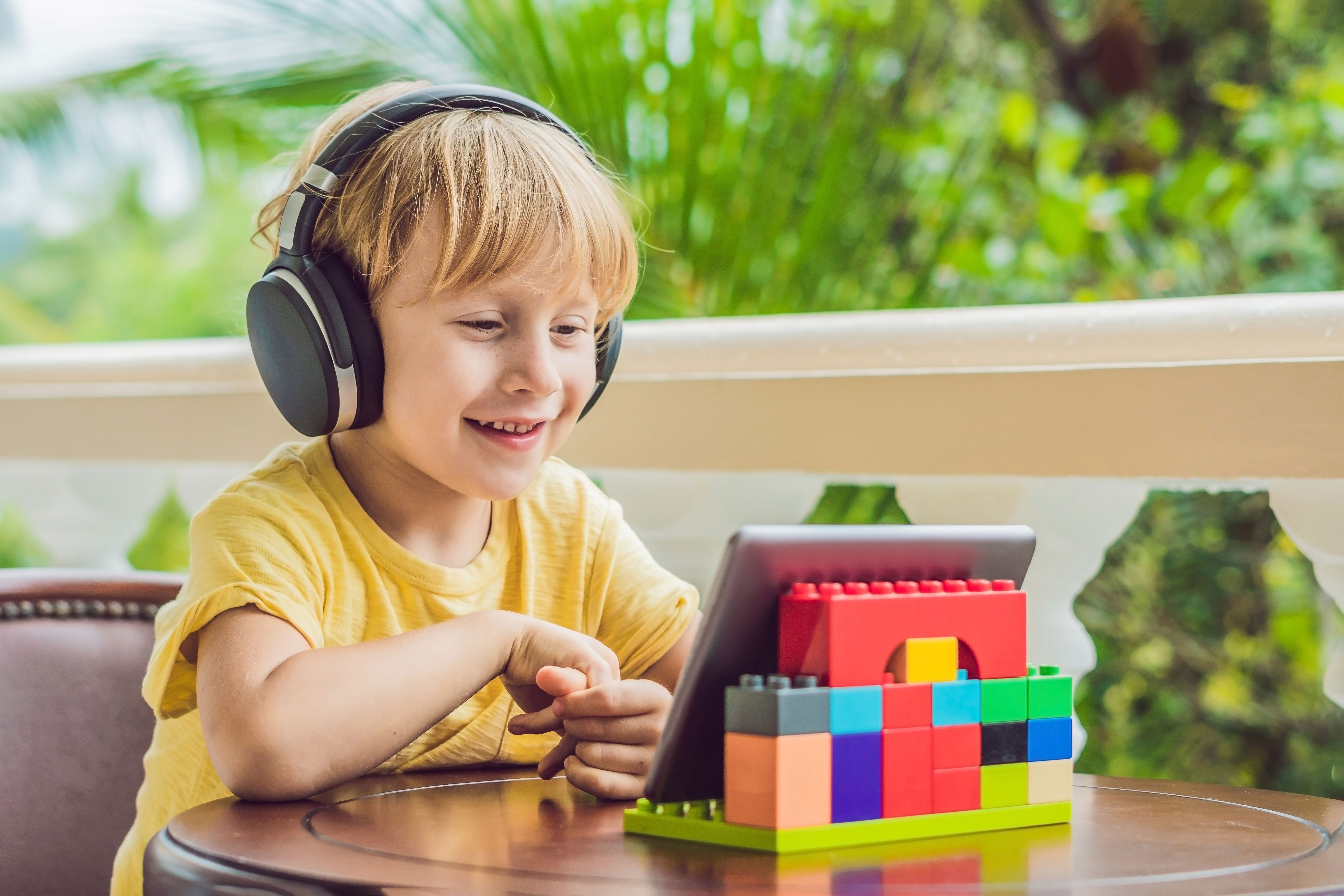
Utilize interactive online tools and apps designed for kids to practice measurements in a digital format. These can offer immediate feedback and additional fun.
4. Involve Real-Life Scenarios

Relate measurement to real-life scenarios like shopping, cooking, or gardening. This helps kids understand the practical applications of measurement.
5. Encourage Group Work

Group activities can foster teamwork and make learning measurements more collaborative. Kids can learn from each other and develop social skills.
6. Use Visual Aids
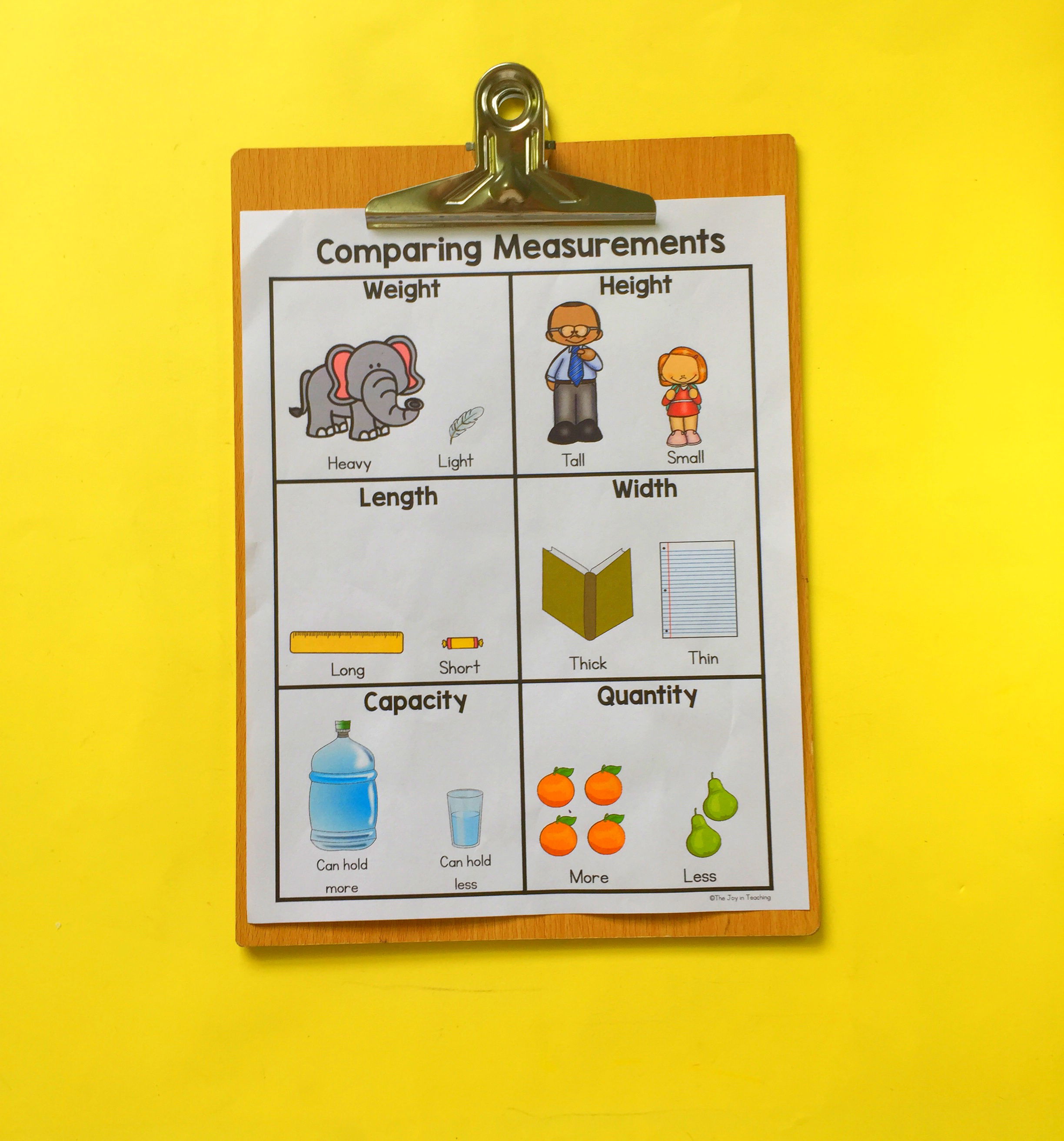
Visual aids like charts, diagrams, and pictures can help children better understand measurement concepts. These can be especially useful for visual learners.
7. Regular Assessment
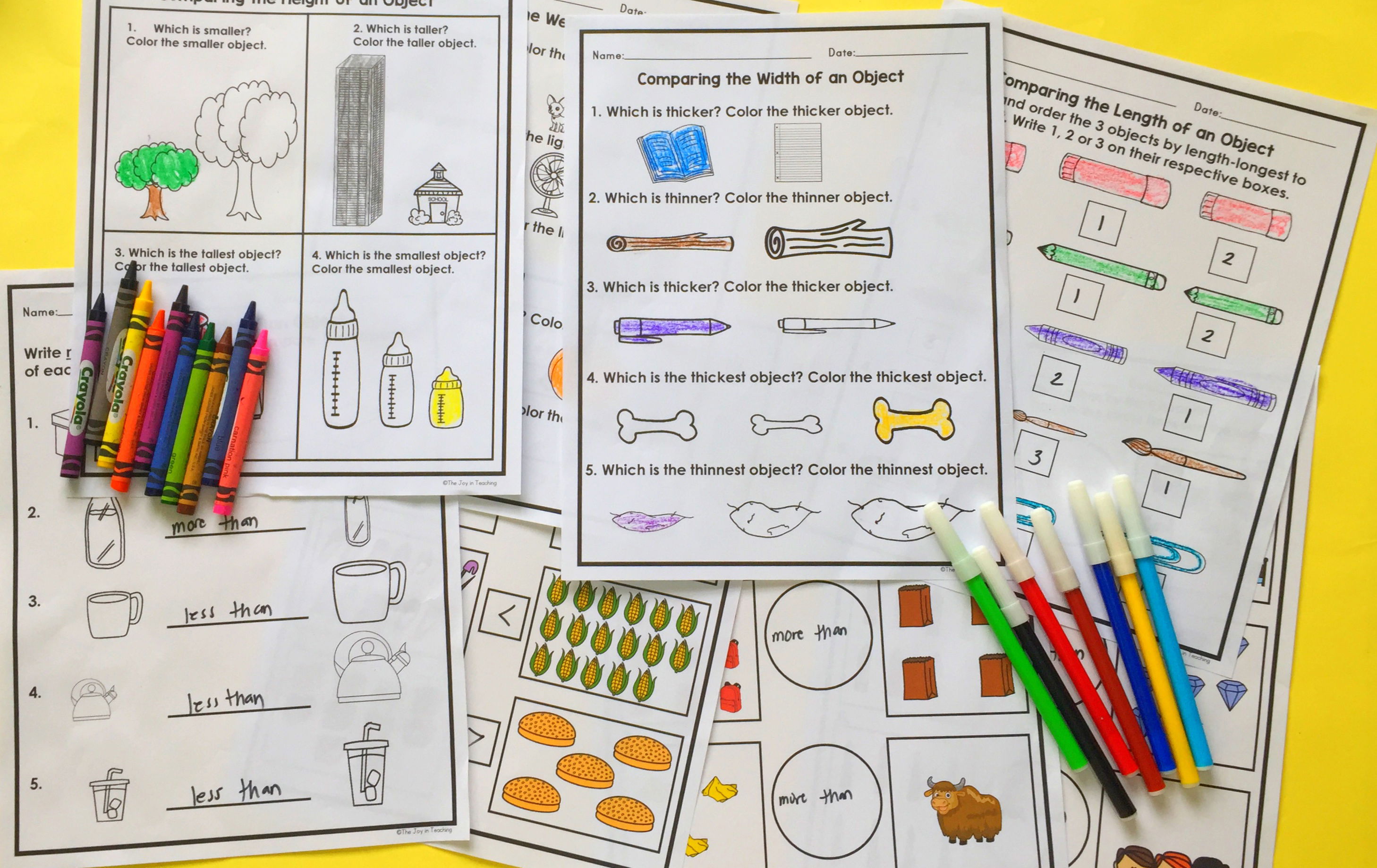
Regularly assess understanding with quick, fun quizzes or practical tasks. This helps track progress and identify areas that need more focus.
Personal Experience: Bringing Measurements to Life

From my own experience as a teacher, incorporating crafts and interactive activities has made a world of difference. One memorable instance was during a lesson on weight. We used shells and cotton balls to create a balance scale. The kids were thrilled to see the shells dip lower and the cotton balls float higher, and they giggled at the idea of a "heavy shell" versus a "fluffy cotton ball." Another time, we compared the lengths of different classroom objects using a paper xylophone craft. Not only did the kids learn to order items by length, but they also ended up with a colorful xylophone they proudly displayed on the wall. Parents have shared similar stories. One mom used our worksheets at home, comparing the capacities of different containers during bath time. Her son had so much fun, he didn’t even realize he was learning!
Testimonials: What Others Are Saying
Extremely Satisfied "Great for making the learning more interactive for the students. Used it for stations!"
Conclusion Teaching measurements can be an enjoyable and enriching experience for both you and your kids. With these additional activities and tips, you’ll have a treasure trove of ideas to make learning about measurements an adventure filled with creativity, fun, and discovery. Whether you’re at home or in the classroom, these activities will help your students grasp the concepts of length, weight, height, capacity, and quantity in a way that sticks. So, grab your rulers, scales, and a big smile, and dive into the world of measuring fun! Happy teaching!
Follow Me for More Teaching Tips with Joy For more tips, resources, and a daily dose of teaching joy, follow me on:
Got questions or want to share your success stories? Drop me an email at thejoyinteaching@gmail.com. I love hearing from fellow educators and parents! Happy Teaching!
Joy Medalla
The Joy in Teaching 💛